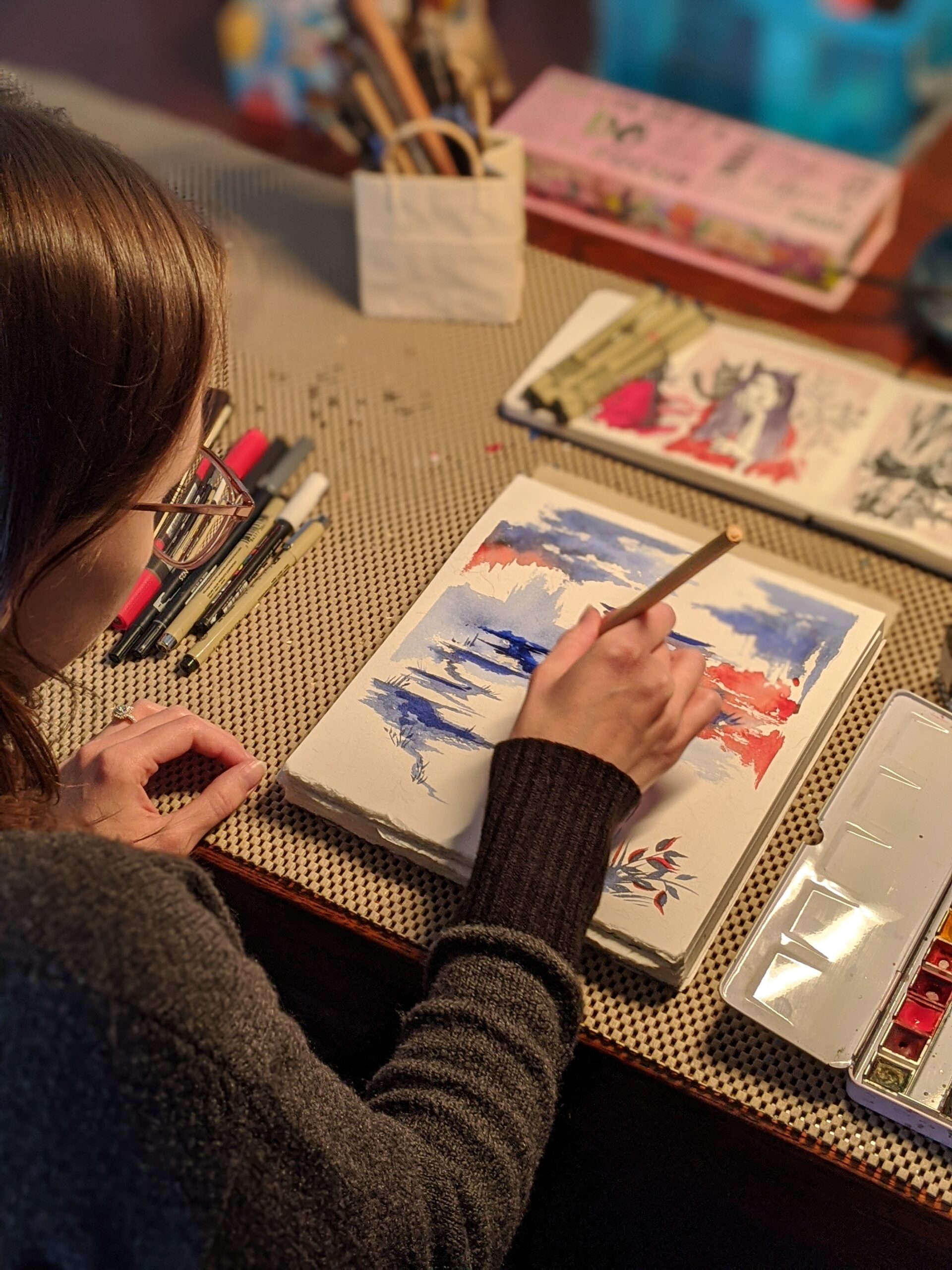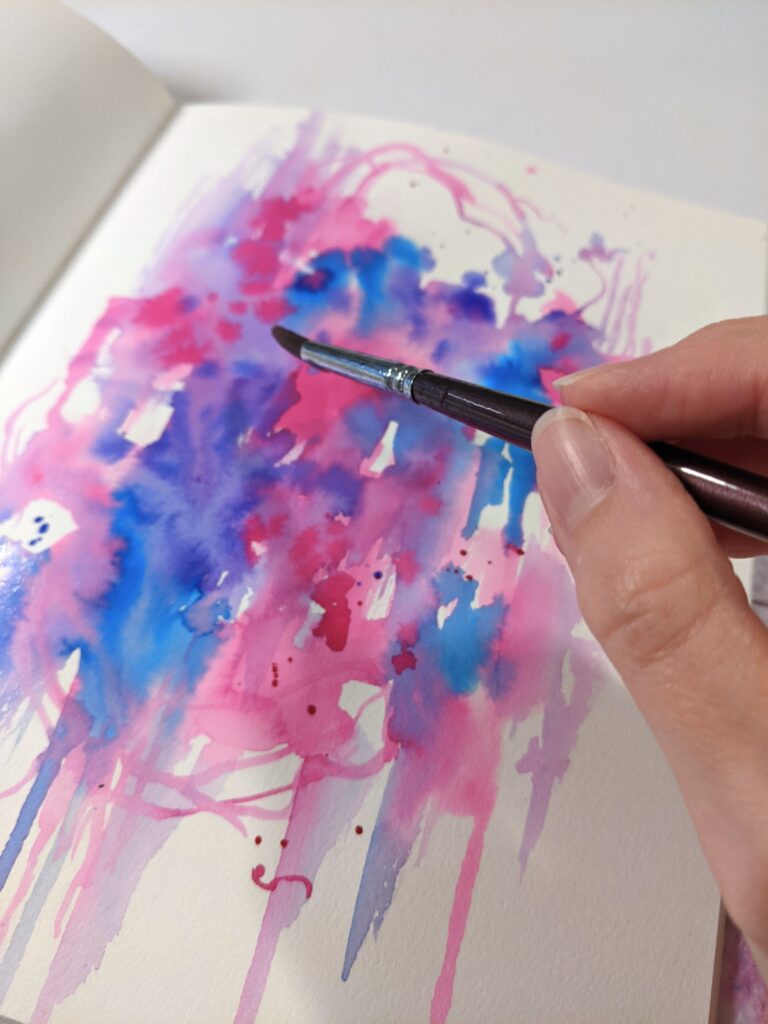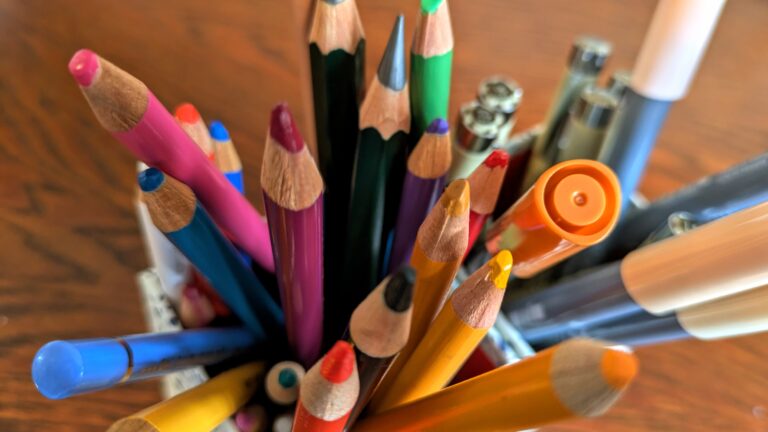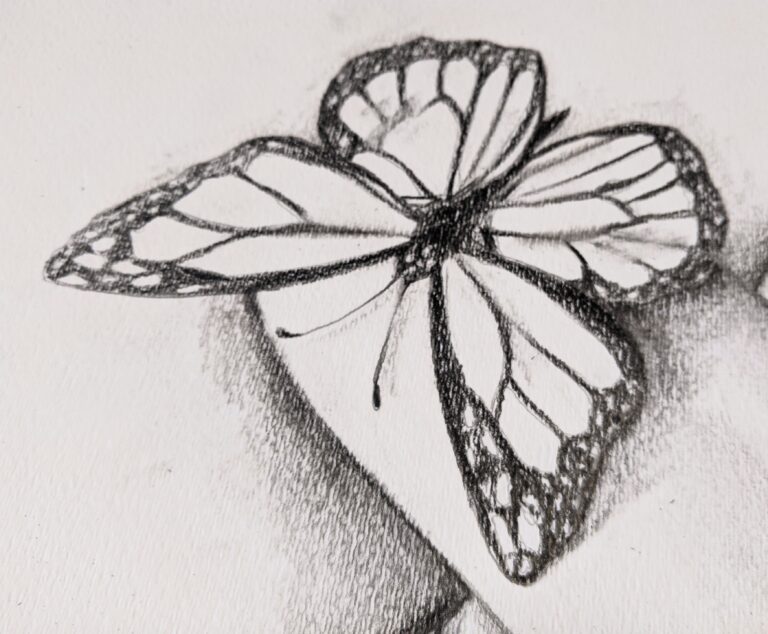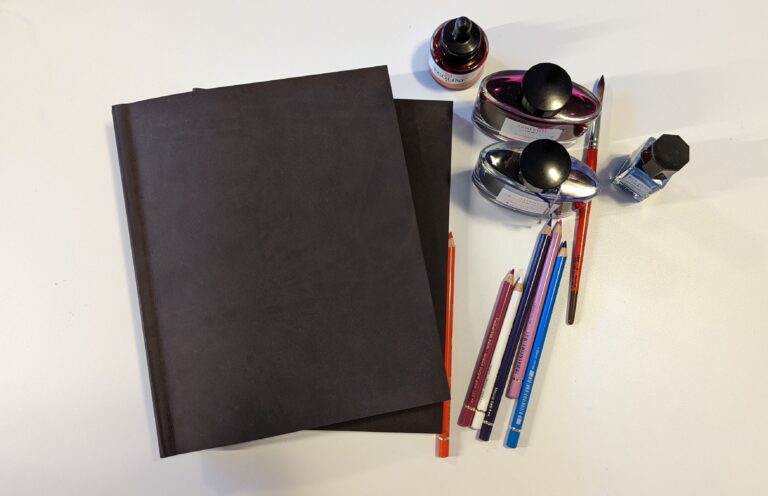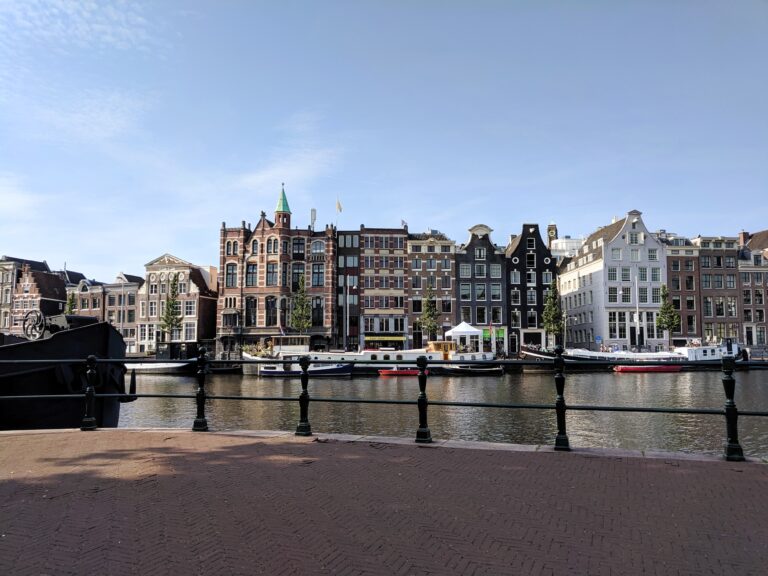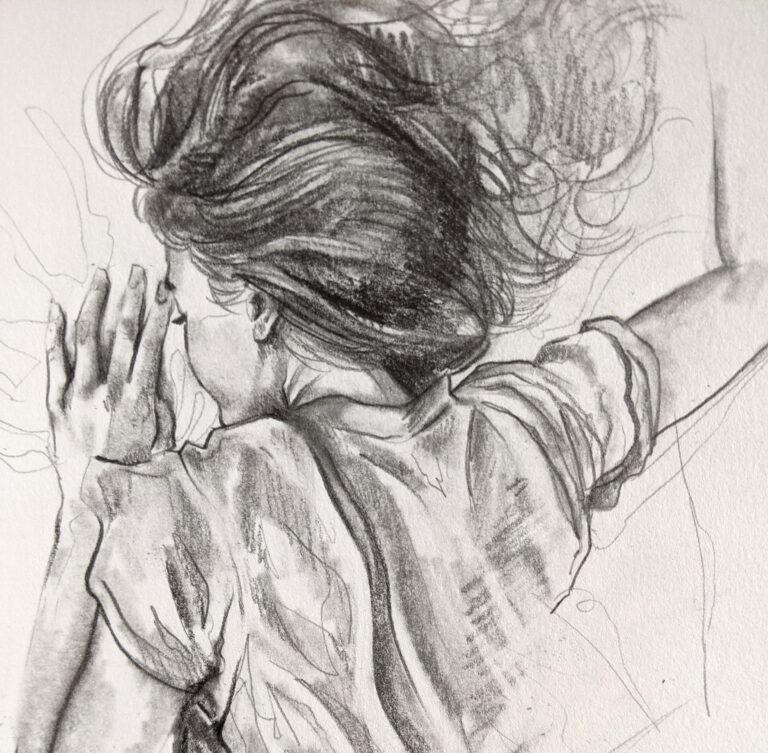Feeling uninspired?
Scenario: You love making art, but lately it’s feeling like a hassle. You’ve allocated some time in your busy schedule to work on your latest piece because otherwise, you’ll find excuses not to. When you finally decide to be creative, you don’t know what to do or where to start. Before you know it, time has gone by without much progress and you’ll have to start over some other time. Sound familiar?
If this type of scenario keeps happening to you, it could be what we refer to as “artist block”. Make sure to keep reading if you want to learn about my top 5 creative ways to find inspiration.
So what is “artist block” exactly?
Simply put, it’s when we tend to avoid making art because we feel uninspired.
If you’d like to know more about artist block, I recommend this article written by watercolour artist Emily Wassell.
Side note: Remember that it’s completely normal to take a break once in a while. When life gets busy and we’re tired, it’s important to get some rest. For those who tell you that you need to create something every day to stay relevant, I want to challenge that notion. Doing too much too often can just exacerbate your creative burnout.
Honestly, it’s happened to me quite a few times over the years. In my case, I took a long break to take care of my family. So don’t feel bad if you need to pause occasionally.
When you finally decide to step back into the studio, you can always refer to this list to find inspiration for your next series.
I think as artists it’s important to be constantly evolving. It’s when we challenge ourselves to go beyond our comfort zones that we’ll stay inspired.
Keeping track of your ideas
Before we dive into this topic, first you have to develop a good note-keeping system. When inspiration strikes, it’ll be easy to write down your ideas. I prefer using my phone’s “notes” app. Voice memos or keeping a small notebook works just as well.
Write or talk in short sentences. As a mixed media painter, I write about ideas for my next painting or series. This can include a few words about key visual elements, the overall mood and where the idea came from.
I usually write these down in bullet points. Here are a few examples:
- Sketch quick gestural portraits in red.
- Trail walking this morning: autumn colour palette. Moody, darker colours.
- Try gouache landscapes in a sketchbook.
Try to keep it short but as descriptive as you can, since you might be referring to this list a few days later.
How can you find inspiration for your art?
As artists, a lot of our work happens outside the studio or office. Inspiration can come from various places, sometimes unexpected ones. I often get my best ideas at random times during the day and that’s the beauty of it.
Here are my top 5 creative ways to find inspiration for your art :
1) Your favourite artists
Looking at other artists for inspiration isn’t anything new. Here are two creative exercises to help you find new ideas for your art by analyzing why you are drawn to these specific pieces.
First exercise: I recommend making a Pinterest board or collecting images in one place (such as a desktop folder, a binder or a pegboard/cork board) of some of your favourite pieces, from the artists that you truly admire. At this point, you should aim to have more than ten images to look at.
Now answer these questions below:
- What are some repeating elements?
- What tools are they using?
- Are you drawn to lighter or darker pieces?
- Maybe it’s a specific technique or colour combination?
- A unique subject matter?
- Are you starting to see a sort of pattern emerge?
When you start to notice a common denominator or repeating elements, you can move on to the next exercise.
Second exercise: Now it’s time to apply our recent findings to our own work.
Say you’re an oil painter who enjoys painting bright colourful portraits, yet after completing the first exercise, you find yourself drawn to gestural charcoal drawings. In this case, you wouldn’t have to be so literal and attempt charcoal sketches on your own. Instead, I would simply incorporate gestural lines and brushstrokes in my sketches.
No need to invest a lot of money. Experimenting with style, technique and colour will be challenging enough. Try working on a smaller scale at first, like a sketchbook. These exercises should be quick. Don’t allow yourself to be a perfectionist, just have fun!
If you’d like to try another medium, use whatever materials you already have at home. If you have a tablet with a stylus pen, you can download a free or low-cost painting app like Procreate to sketch some of your ideas. I do this when I want to test a colour palette or quickly sketch an idea for a painting.
2) Museums and art galleries
This one may seem obvious, but it’s a favourite of mine. Planning a visit to a museum or a gallery is such a great way to find inspiration!
You can learn a lot from various exhibitions, especially since a lot of them go in-depth about an artist’s (or multiple artists) life, their creative process, influential art movements and history in general.
Did you know… a lot of museums also have their catalogues online. It’s completely free to view these catalogs and the pictures are generally very high quality. This is a great alternative if you live remotely and don’t have access to any museum or gallery.
3) Art books
You can find art books everywhere. I really enjoy collecting them. You can buy these books at your local bookstore, online or in a museum boutique.
Don’t hesitate to look up some fellow artists that you admire and see if they’re currently selling their art books. This is a great way to support them, plus you get to learn about their artistic process and refer to these books whenever you need to find inspiration.
Another option is going to your local library and borrowing the books for free. You can read through a wide variety of books showcasing different mediums and techniques.
I recommend looking at different art forms and art history books as well, even if they don’t have anything to do with your current practice.
4) Go for a nature walk
Might sound cheesy, but it works! It’s about being in the moment and appreciating the world’s natural beauty. You may already be doing so if you’re a landscape or wildlife artist, but I encourage any type of artist to get out daily if possible.
For example, my favourite season of the year is autumn and I find the colours of the trees here in Canada to be incredibly beautiful. The warm colour palette just makes me feel so cozy. I tend to get inspired by these colors and it translates into my art.
Do not underestimate fresh air and exercise. Our mood definitely influences our creative spirit, so it’s important to take breaks when we can.
5) Listen to your favourite music
Some people need silence to focus, whereas I need music to get into my state of flow. If you’ve never heard about “flow”, it’s basically when you have complete focus during a creative session where time seems to fly by. I always create my best work when I listen to music. It’s definitely an integral part of my creative process.
Music can make us feel so many emotions. If you prefer background music which can help with concentration, I recommend a classical playlist or a lo-fi mix. You can easily find these on YouTube.
You can change genres depending on your mood that day and it may just surprise you what you end up creating.
Bonus advice: Focus on the creative process
As artists, we get so focused on the finished product that we often forget to have fun during the process.
Embrace the imperfections and be proud of where you’re at in your artistic journey! Try to remember why you started making art in the first place. No matter your age, you shouldn’t worry about what others think of your work.
Similar to learning a new skill, making mistakes is just part of it. So try new techniques, experiment with various materials and don’t be afraid to fail.
Just because you consider yourself an oil painter, for example, that doesn’t mean you shouldn’t look into trying other mediums like gouache, acrylics or watercolours.
Key takeaways
- Look at other artists, in art books, museums or galleries
- Go out for a nature walk
- Listen to your favorite music
- It’s all about the creative process!
When we’re feeling uninspired, it’s usually a sign that we’re putting too much pressure on ourselves. I do this a lot. I’d like all of my paintings to be masterpieces, but that’s just unrealistic. In the era of social media, we tend to compare our work too much on a daily basis.
To stay inspired, keep having fun with your work. When you’re out and about, don’t forget to write down your ideas either on your phone or in a small sketchbook.

